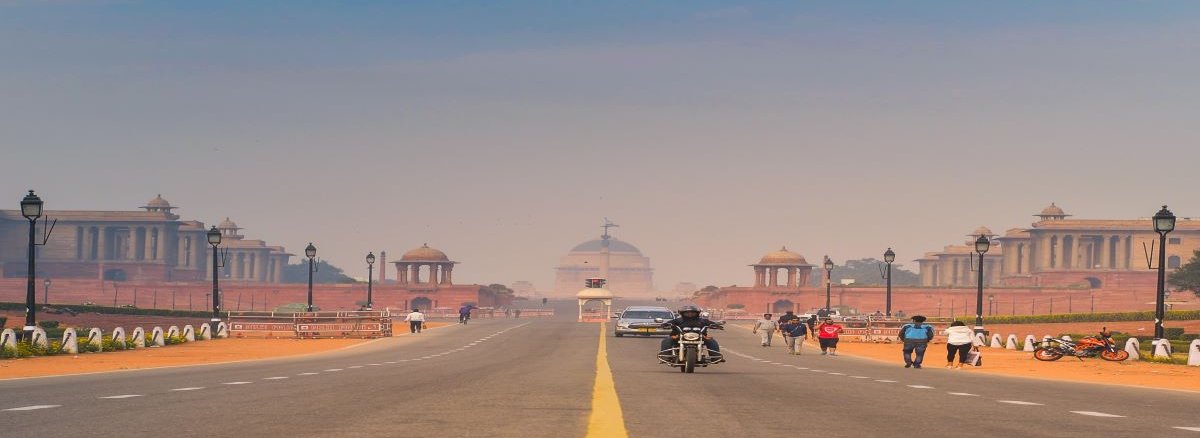| 6 mins read
A new world order awaits us on the other side of the pandemic. As we wait out this storm of uncertainty and possibility in our small pockets of isolation, the questions that we should be asking are: Are we ready to transition into new ways of living in the new world? What kind of newness will the new order hold?
Evidence suggests that the ‘low points’ borne out of the uncertainties weigh greater than the ‘high points’ that have risen out of new possibilities.
Contagion 1: Rising domestic violence
In India post-lockdown, the subalternisation of the marginalised has become an everyday ritual. They include our women, religious minorities and migrant workers. A country where women’s subjugation is pretty much normalised by male-operated social and cultural constructs, it comes as little surprise that Indian women are being subject to yet another contagion – domestic abuse at the hands of their husbands and partners, their virility emasculated by economic uncertainties post lockdown, lack of social life and spatial restrictions.
India’s National Commission of Women informs that such forms of ‘intimate terrorism’ has seen a two-fold rise post lockdown. Women have now been forced to forgo feminist ideologies, their hard-earned emancipation, empowerment and agential capacities and accept full time domestic roles due to lack of support from their male counterparts. Forced into the walls of domesticity and child rearing, their waiting spaces characterised by chaos and constant fatigue along with a renewed sense of fear and incapacitation each time the lockdown is extended.
Contagion 2: New forms of Islamophobia
A second contagion that hit India in April, 2020 was a reinvented form of Islamophobia. The anti-Muslim rhetoric that had reached its peak during the anti-CAA-NRC-NPR protests at Shaheen Bagh received a new lease of life. Indian Muslims were vilified and held responsible for a global Islamic congregation held in mid-March in Delhi by the Tablighi Jamaat that led to a surge in Covid-19 cases in India, with Indian attendees presumed to have been infected by foreign delegates.
Hashtags like ‘coronajihad’ and labels such as ‘corona terrorism’ and ‘talibani crime’ have been rampantly used on social media platforms and by Hindutva right wing nationalists on news media to systematically oppress Muslims all over India. . What was supposed to have been a quiet ‘wait out’ have since resuled in bloodshed, social ostracisation and the eviction of Muslims from their homes as per media reports.
Contagion 3: Class and caste oppression
Thousands of daily wage labourers and migrant workers who lost their jobs in the coronavirus crisis were forced to travel back to their hometowns in rural India from major metropolises. Labelled as a the ‘greatest exodus’ since partition by The Guardian, this movement in times of immobility is nothing short of a contagion for those migrants who succumbed to death due to the long distance travel by foot coupled with hunger and exhaustion in the intolerable summer heat.
Not to mention the inhumane welcome given to them upon reaching their destinations, for instance in Bareilly, Uttar Pradesh, where state officials took it upon themselves to sanitise migrant workers, making them squat on the ground and chemically bathing them in disinfectants. The fact that this form of cleansing wasn’t practised in airports when the government brought back stranded Indians from different parts of the world speaks volume about class hierarchy and lower-class oppression in India.
Conclusion
This in-between waiting stage of the pandemic has seen some positives too. We have learnt to appreciate the ordinary and live in the moment. However, amid Instagram posts of lockdown challenges, Zoom meetings with family and friends, and experts advocating the ‘new normal’ of online learning, as India prepares to move towards new ways of being and becoming, the question remains whether this transition into a new world order is open to all.
Centuries of patriarchy, hierarchy and prejudices embedded within India’s psyche has constantly overpowered, oppressed and made invisible its subalterns. The liminal stage (that in-between phase of ‘what was’ and ‘what will be’) which transforms and readies you to experience and participate in the new world order has so far been ineffective for India’s marginalised. Instead, it is a privilege reserved for urban India’s upper and middle classes.
Amidst the banging of pots and pans, amidst the resounding applause for our healthcare and key workers, we need to constantly remind ourselves that if and when this transition happens, it will be an unequal one. Even though the pandemic has affected us collectively as a ‘communovirus’ to quote Jean-Luc Nancy, our sense of ‘communitas’ – the feeling of camaraderie – continues to be a distant dream.
With online lessons taking over school and university classroom experience, technology replacing manual labour and work from home becoming a mandate for many, the rift between the poor and the rich, the upper and the lower classes, the rural and the urban will only grow in times to come. India needs to battle its socio-cultural and political contagions before they get the better of her in the new world.

